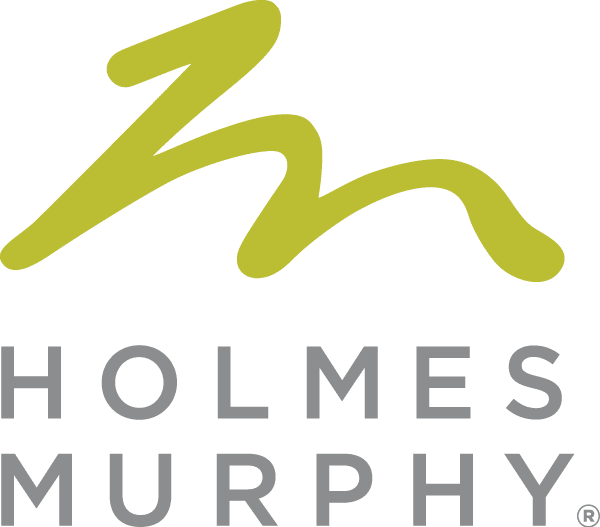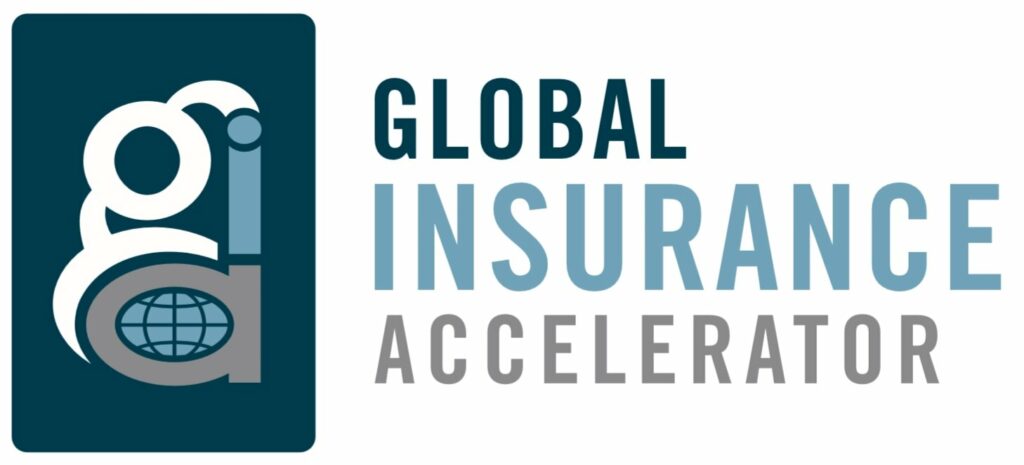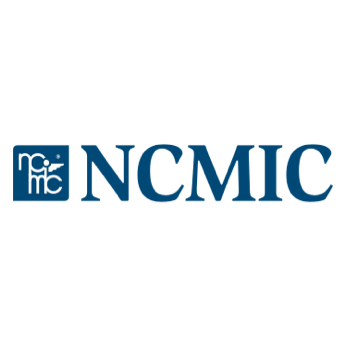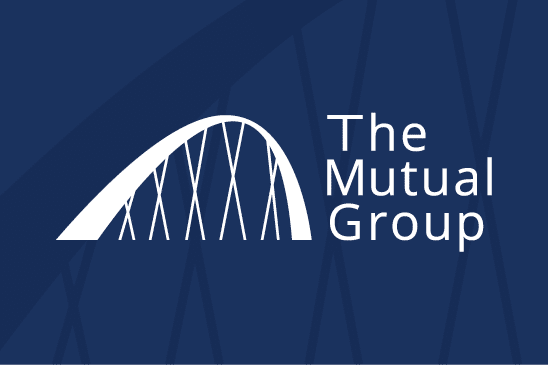Deflation and inflation slug it out

Who can blame an investor for looking to add yield to a portfolio? According to Bankrate.com, the annual percentage yield on a 1-year certificate of deposit (CD) is a whopping 0.69 percent, with the 5-year CD running about 2.5 percent. Meanwhile, the U.S. government will pay you 1.75 percent for a 5-year Treasury note; a 30-year investment with Uncle Sam carries a yield of 4 percent. Basic checking and savings accounts barely pay interest at all.
Investors will naturally hunt for higher yields. In that search, a word of caution may be in order.
Alternative investments such as private placements and non-publicly-traded and private real estate investment trusts (REITs) have grown significantly in popularity during the past several years. In an attempt to avoid the risk of investing in the stock market, investors may look at private REITs because they’ve been marketed as safe, with above-average income yield and good for retirement. However, some of these investments have proved quite the opposite. In 2009, some prominent private REITs slashed dividends, stopped redemptions or shut down operations.
Investors should realize that many types of alternative investments do not trade on a public exchange. They are illiquid, and investors in need of funds may not find their money available.
Another potential yield trap is the super-enticing dividend. No matter what the stock does, the argument goes, you’re guaranteed to make money by collecting the juicy dividend. But it’s not quite that simple. Questions to ask: Is the company financially sound; is it paying out more dividends than it collects; are you comfortable owning the stock without the dividend; and what about the current 15 percent tax rate on dividends — will it go higher? And remember that a dividend yield that looks too good to be true could be just that.
Other avenues to higher yields include the corporate bond market. In the high-yield/non-investment-grade arena, the Merrill Lynch benchmark has a 7.6 percent yield. Compared with the 10-year Treasury yield of around 3 percent, this difference looks interesting. Keep in mind that in the high yield-space there is junk, and then there is real junk. The risk of default should always be considered. For those looking for a higher level of security, the average corporate investment-grade yield is approximately 4 percent. The default risk here is usually much less, but like all bonds, there is always interest rate risk. Should rates spike higher, the value of your bond holding will depreciate. However the shorter the time period to maturity, the less interest rate risk you carry. And if rates go lower still, the value of your bond will appreciate.
In all cases, keep in mind the real rate of return. This is the difference between the effective yield on your bond and the inflation rate. Though the U.S. government’s 4 percent yield on a 30-year bond looks paltry, if inflation is running at 1 percent or less, the real return is a state-tax-free 3 percent.
In the search for yield, the key is to watch for the yellow flags, and the not-so-apparent risks. The path to success will be finding reliable yield at a fair price.
Peter Percival is a registered investment adviser at Syverson Strege & Co. in West Des Moines.










